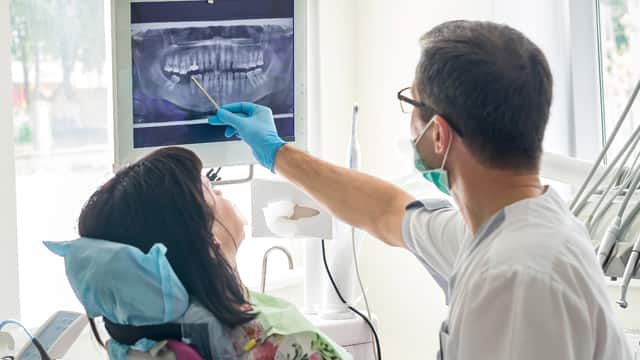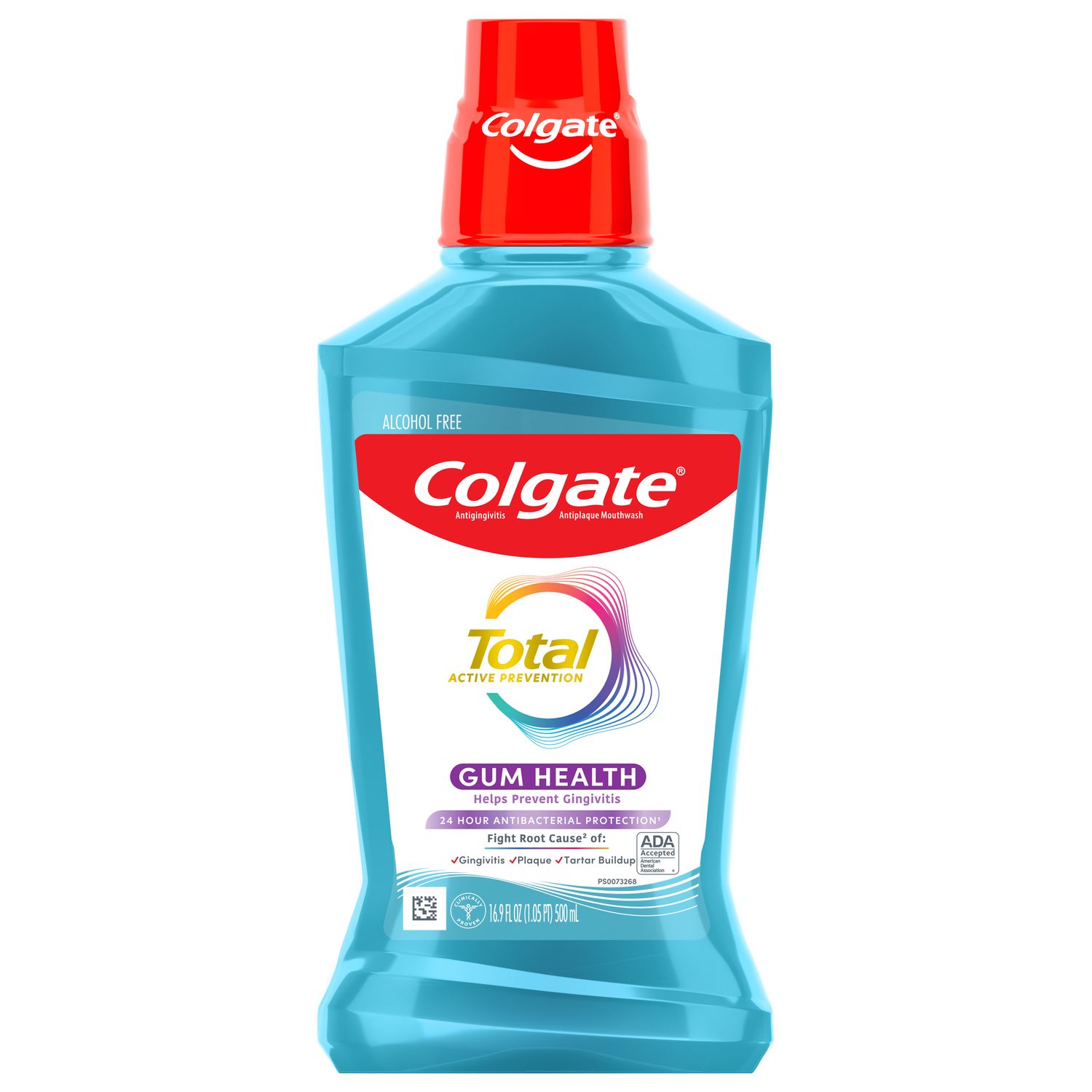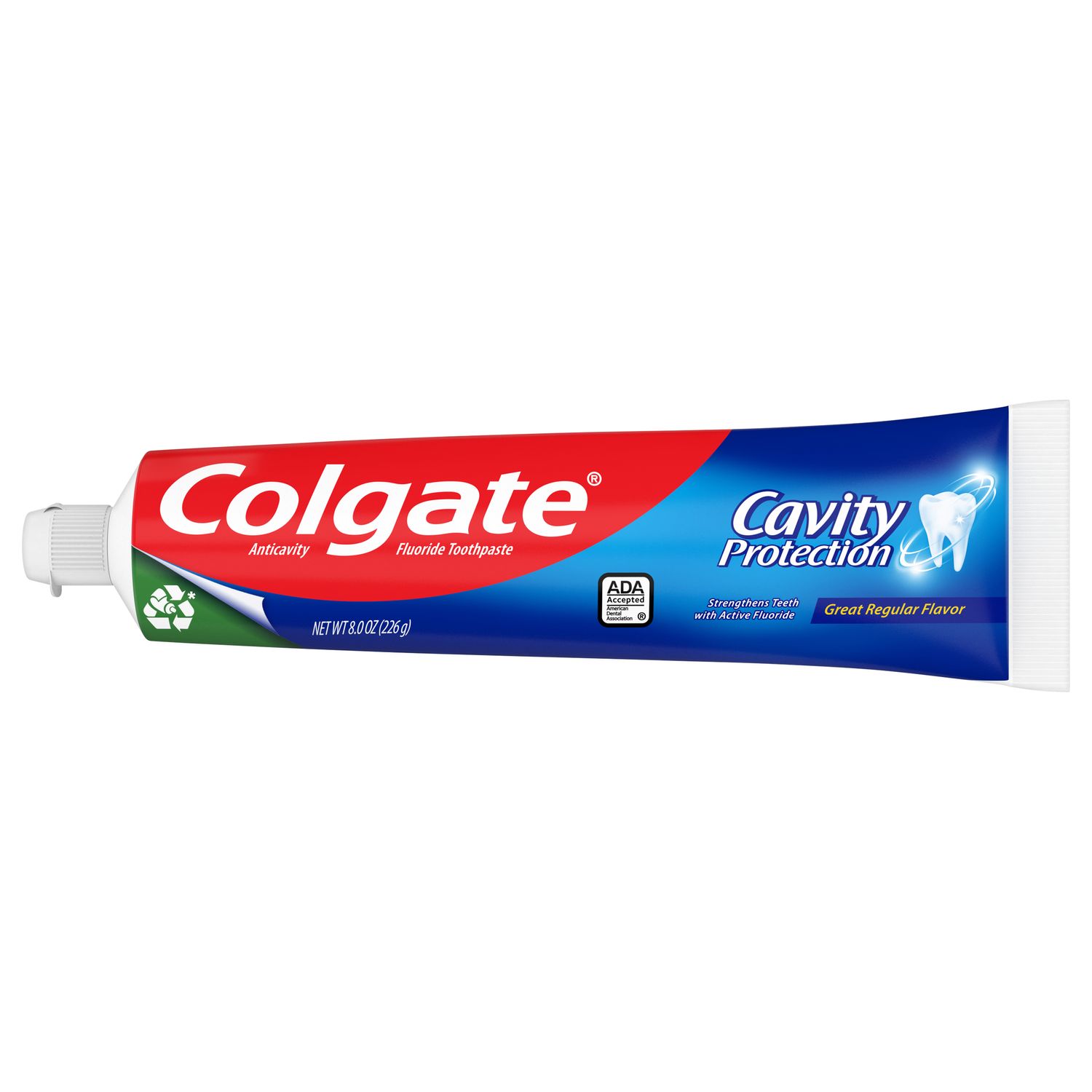Depending on the type of tooth dislocation or damage, you may need immediate treatment like tooth repair or root canal. Or, you may need to visit your dentist more often for monitoring if the luxation is minor. Dentists will examine the tooth by feeling for any looseness, complete X-rays, and other tests to determine what kind of tooth luxation you have. There are several classifications of oral trauma, involving the teeth, oral tissues, and jawbone, also known as the alveolar bone. The Association of American Endodontists (AAE) notes has broken out luxation into five categories.
1. Concussion
According to a review of classifications in the International Archive of Integrated Medicine, a concussion describes a situation where the periodontal tissues that hold a tooth are damaged. Still, the tooth is not moved out of place or loose. A concussed tooth is usually tender when touched. Your dentist will take X-rays, and they will do a pulp sensitivity test to determine whether the pulp inside the tooth is healthy or not.
2. Subluxation
The International Association of Dental Traumatology (IADT) describes a subluxated tooth that is mobile — what we would call 'loose' — but has not moved from its proper location. There may be bleeding around the gumline, and the tooth may be sensitive to the touch. X-rays usually show no abnormalities, but pulp tests can show a subluxation.
3. Extrusive
If a tooth is very loose and looks more prolonged than usual, it is an extrusive luxation, explains the IADT. Even if the tooth has moved because of some separation of the periodontal ligament, the bony socket itself is intact.
4. Lateral
A lateral luxation involves a fracture of the alveolar bone — the bone that holds your teeth — and separation of the periodontal ligament. The tooth is not loose but appears to be either forward or backward in the gumline. Your dentist would hear a high-pitched metallic sound when tapping the tooth, and usually, the pulp has suffered damage.
5. Intrusive
With an intrusive luxation, the tooth has moved upward into the socket, resulting in a fracture to the alveolar bone. The tooth isn't loose, and it has the high-metallic sound when tapped as with the lateral luxation. X-rays commonly show no periodontal ligament space, and the pulp test is usually negative, according to the IADT.
As you can see, there are several ways an injury can impact your teeth. It's essential to see your dentist immediately after an injury to a tooth and follow their recovery instructions. Keep in mind that prevention is still the best medicine. You can prevent many sports-related injuries with a mouthguard and other safety equipment.
Oral Care Center articles are reviewed by an oral health medical professional. This information is for educational purposes only. This content is not intended to be a substitute for professional medical advice, diagnosis or treatment. Always seek the advice of your dentist, physician or other qualified healthcare provider.
ORAL HEALTH QUIZ
What's behind your smile?
Take our Oral Health assessment to get the most from your oral care routine
ORAL HEALTH QUIZ
What's behind your smile?
Take our Oral Health assessment to get the most from your oral care routine















